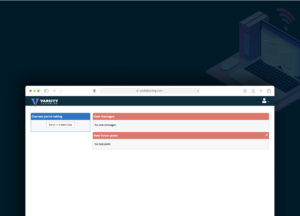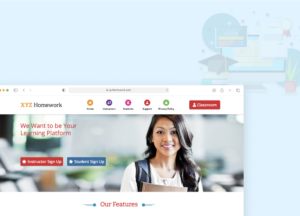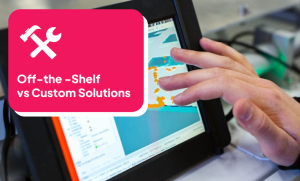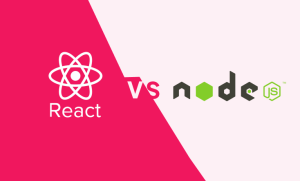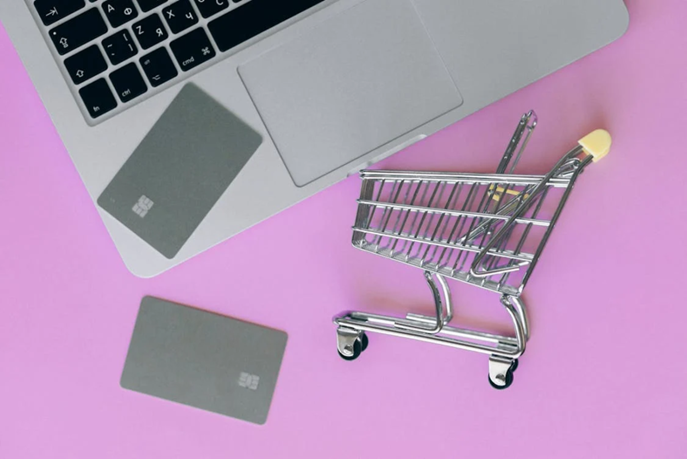When selecting a payment gateway, you should prioritize security and compliance standards to protect sensitive customer data.
Furthermore, user experience optimization is essential for ensuring a seamless transaction process that retains customers.
Security and Compliance Standards
While you explore payment gateway options, comprehending security and compliance standards is fundamental for safeguarding your transactions and customer data.
First, confirm the gateway adheres to the latest security protocols, such as TLS (Transport Layer Security) and encryption methods. These measures protect sensitive data during transmission, reducing the risk of breaches.
Next, familiarize yourself with compliance regulations like PCI DSS (Payment Card Industry Data Security Standard). Compliance with these regulations isn't just a legal requirement; it's essential for maintaining customer trust. A compliant payment gateway demonstrates a commitment to data protection, which is key for your business reputation.
Additionally, consider the gateway's fraud detection and prevention capabilities. Look for features like real-time monitoring and machine learning algorithms that analyze transaction patterns to identify suspicious activity.
This proactive approach can save your business from potential losses.
To effectively secure sensitive customer data, businesses are adopting advanced measures like Zero Trust Security Models, which ensure every access request is thoroughly verified, even from within the network.
Furthermore, AI-powered fraud detection tools provide real-time monitoring analyzing transaction patterns to identify and prevent fraudulent activities. Implementing these technologies enhances compliance with frameworks like PCI DSS and builds trust with customers by showcasing your commitment to security.
Explore how AI-driven solutions can strengthen your fraud prevention and compliance efforts.
User Experience Optimization
User experience (UX) is a critical factor in the success of any payment gateway integration, and it can profoundly impact customer satisfaction and conversion rates. To optimize UX, you must focus on the user experience, ensuring every interaction is seamless and intuitive. Key design principles play an essential role in achieving this.
Here's a quick overview of essential features to reflect upon:
| Feature | Importance | Implementation Tips |
|---|
| Mobile Responsiveness | Enhances accessibility | Use responsive design frameworks |
| Simplified Checkout | Reduces abandonment rates | Limit form fields; enable guest checkout |
| Secure Payment Options | Builds trust | Highlight security measures prominently |
When selecting a payment gateway, it is crucial to assess factors beyond fees. Consider regional compatibility to ensure your gateway supports the currencies and payment methods your target audience prefers. Additionally, prioritize providers offering 24/7 customer support and advanced analytics dashboards.
These features provide real-time insights, helping you track transaction performance and address customer concerns efficiently. For businesses with unique requirements, custom software development can help create tailored payment gateway solutions.
Integration Flexibility Options

Integrating a payment gateway into your application requires careful consideration of integration flexibility options, guaranteeing that the solution aligns with your business needs.
You'll want to evaluate various integration strategies, such as alternative API-based integrations, hosted payment pages, or plugin solutions, each offering different levels of control and security.
Customization options are vital, too. Depending on your requirements, you may need a payment gateway that allows for tailored user experiences or specific branding elements.
Look for gateways that provide SDKs or robust APIs, enabling you to adapt the payment process seamlessly into your app's design and functionality.
Additionally, consider how easily the gateway can be integrated with other systems, such as CRM or ERP, to streamline operations.
Different industries require distinct payment integrations to meet their unique operational needs. For example, eCommerce businesses benefit greatly from gateways that integrate seamlessly with platforms like Shopify and WooCommerce, while service-based businesses can utilize booking tools with payment features.
Such integrations streamline workflows, enabling a smoother experience for customers and staff. Leverage custom app development to ensure your payment systems integrate seamlessly with your existing tools.














